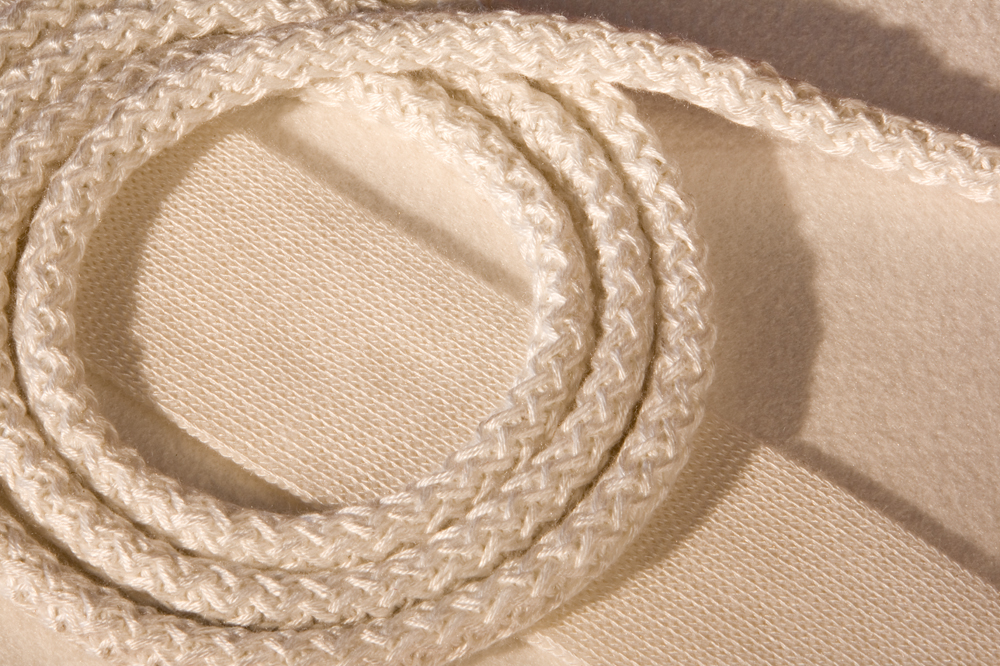High-temperature seals like silicone coated ropes and die-cut gaskets are engineered to guarantee that facilities and individual components comply with regulations regarding emissions, and to protect the component superstructure from damage by process temperatures or pressures.
Industrial furnaces, crucibles, and extrusion equipment are engineered to generate and maintain extreme temperatures exceeding 1000°C (2192°F). The peak values and duration of these temperatures are application specific and are determined by the architecture of the heat treatment device. Furnaces, for example, are typically designed around a central processing chamber equipped with refractory ceramic heating elements and high-performance insulation. The surrounding shell is generally constructed of structural steel with refractory cement supporting joints and mechanical weak points.
Silicone coated rope and die-cut gaskets are primarily used to seal voids and mating surfaces, working in tandem with ceramic insulation within the thermal chamber. In this blog post, Mid-Mountain Materials, Inc. compares the performance of silicone coated rope and die-cut gaskets in more detail.
Flexibility and Formability
Silicone coated rope is comprised of an electrical-grade fiberglass (E-Glass) fabric that is knitted or braided into customizable lengths of no more than 2” thick. This base material is coated with viscoelastic silicone polymer, which imparts enhanced abrasion-resistant properties and optimizes the underlying thermomechanical performance of the E-Glass rope. Silicone coated ropes are extremely flexible and can be easily formed on-site to fit distinct furnace architectures. Standard products are often suitable for even the most complicated furnace designs and facility requirements.
Die-cut gaskets can be custom-built to specification with excellent tolerances and near perfect form-fit capabilities. Both solutions can be utilized for extreme flexibility in high-temperature sealing.
Thermomechanical Performance
Silicone coated ropes are designed for non-combustibility even in continuous use temperatures of 260°C (500°F), with outstanding non-wetting and inflammability behavior. One of the most beneficial properties of silicone coated ropes is their ability to completely eliminate the exit of gases, vapors, and liquids from the processing environment of a furnace when oven doors are sealed. This guarantees regulatory compliance and ensures the respiratory safety of plant personnel.
The performance of die-cut gaskets largely depends on the materials used in their manufacture. THERMOPAK® Die Cut Gaskets from Mid-Mountain can be engineered from a range of proprietary composites, offering reliable thermal sealing from temperatures of 232°C (450°F). The thicker weave of silicone coated rope generally offers higher resistance to smoke emission and vapors however, which explains why silicone coated rope is one of the leading sealing products for natural gas and biomass furnaces.
Silicone-Coated Rope from Mid-Mountain Materials, Inc.
Mid-Mountain Materials, Inc. specializes in high-temperature solutions for industrial applications, including refractory sealants and gaskets. If you would like to learn more about our silicone-coated ropes, read our previous post: What are Fiberglass Ropes Used For? Otherwise, please contact us directly with any questions.


